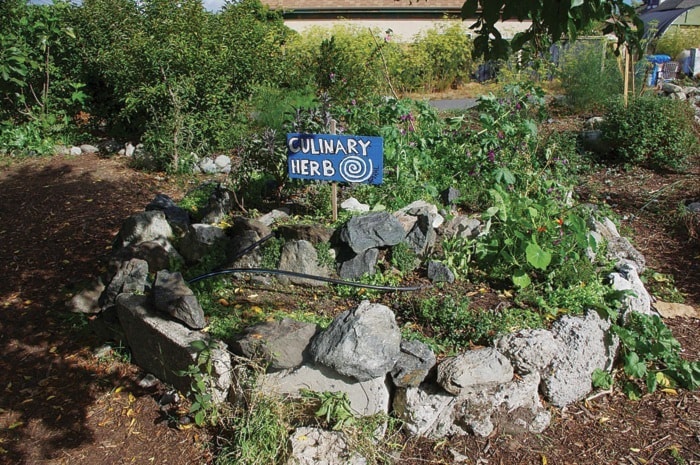Do you want to make your home and veggie garden more productive, efficient and fun, and save money doing it? How about making a more positive impact on your environment and community?
Maybe it’s time to try permaculture – garden design based on natural ecosystems.
Permaculture creates garden systems that are ecologically-sound and economically viable, according to Rosemary Morrow, author of the Earth User’s Guide to Permaculture.
Permaculturist Derek Jean and permaculture design consultant Elaine Codling will run an Introduction to Permaculture workshop Saturday, Jan. 26 as part of the Lettuce Grow series at North Island College.
The course will address principles of permaculture, ecological design, observation and recognition of natural patterns, practical garden tips and more – all in an inspiring one-day workshop. Participants will also receive a free copy of permaculture magazine and a 25 per cent discount on all book orders placed during the workshop. Workshop fee is $55 for a six-hour session.
To register, visit www.nic.bc.ca/continuingeducation/ and search for course GENI 7932 or call 250-923-9724 for more information.
Can’t wait to get your hands dirty? Try making a herb spiral, the poster child project of permaculture-inspired gardening. The spiral design maximizes yield in minimal space with minimal effort, by using vertical space and creating multiple microclimates suitable for a variety of herbs.
Here’s how:
- Choose the herbs you want to have in your spiral. For example, from top to bottom, you could plant: rosemary, oregano, thyme, borage, sage, lemon verbena, yarrow, Mexican tarragon, anise hyssop, chives, and basil. You could also add echinacea, chamomile, dill or any other herb.
- Plan each herb’s location in the spiral according to its needs for sun, shade and moisture (east side gets morning sun and afternoon shade; west side gets morning shade and afternoon sun; and the top of the spiral will be driest).
- Locate the spiral as close to the kitchen as possible because you’re more likely to use it that way.
- Place bricks or rocks along your outline. Remember to slowly increase the stacking height until the centre reaches about three feet high.
- Fill the herb spiral with compost soil.
- Wet soil thoroughly, and plant each herb in its correct spot. When plants grow big enough, add mulch around them.
Like this article? Want to hear more? Have a workshop to suggest? Send questions and requests to growlocal@campbellriver.ca
Lettuce Grow courses and article series support the implementation of the City’s Agriculture Plan and the community sustainability goal of local food self-sufficiency and resiliency.
